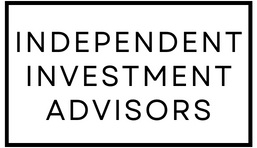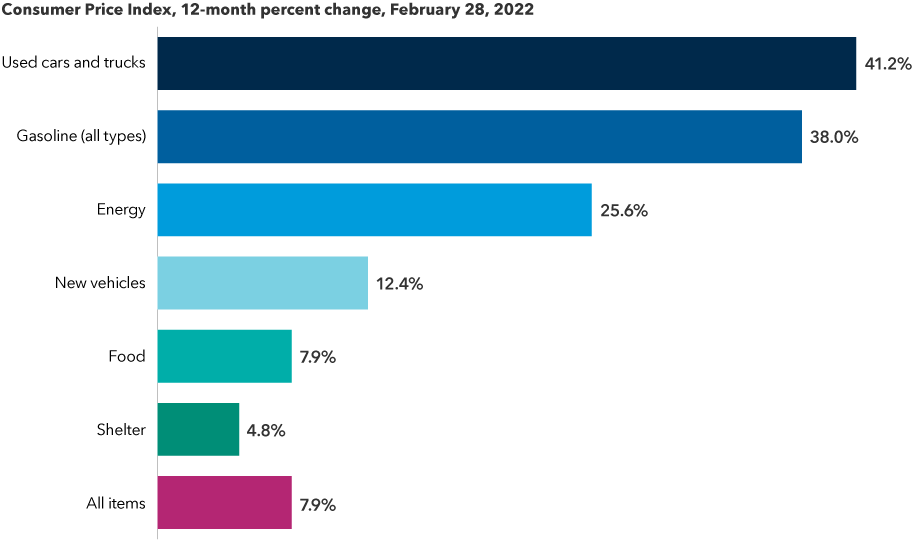In an era where financial security in retirement is increasingly a societal concern, Goran Ognjenovic, founder and principal advisor of Independent Investment Advisors, emerges as a key figure in navigating these turbulent waters. With a career spanning over 18 years, Ognjenovic has established himself as an authority in wealth management, particularly in the critical areas of retirement and investment planning. His Oregon-based firm, established in 2017, is a testament to his commitment to providing comprehensive financial solutions across the United States, mirroring the functionality of a multifamily wealth management office.

Goran’s expertise is especially relevant in today’s context, where the retirement landscape is undergoing a seismic shift. The move away from traditional pension plans to self-directed retirement strategies has placed a greater onus on individuals to secure their financial future. Goran’s approach, characterized by its depth and adaptability, addresses the pressing concerns faced by clients: ensuring a sustainable financial future in retirement, adept tax optimization, and managing the burdens of rising healthcare costs. Amidst an investment climate marked by uncertainty and shifting economic patterns, his advocacy for a proactive and varied management strategy is both timely and prudent.

At the core of Goran’s advisory methodology are tax-deductible strategies, which he likens to a set of precise tools, each selected and applied based on the unique financial circumstances of an individual. His focus on tax optimization takes into account a comprehensive range of factors, from federal and state tax implications to inheritance considerations and Required Minimum Distributions.
Ognjenovic also sheds light on the evolution brought about by ETFs in investment options that offer retirement benefits and tax advantages. This revolution in financial instruments has democratized access to sophisticated strategies, allowing individual investors to compete with large institutions. He further explores the crucial role of asset location in managing tax-deferred and tax-free accounts, emphasizing the nuanced interplay between various investment options and account strategies.
In delineating the differences between tax-deferred and tax-exempt investments, Goran provides clarity in a complex area. Tax-deferred investments like Traditional IRAs or 401(k)s offer immediate tax benefits and are ideal during peak earning years. In contrast, tax-exempt investments such as Roth IRAs offer the advantage of tax-free withdrawals, enhancing flexibility in retirement income management.
For individuals navigating the maze of tax-advantaged retirement and investment options, Goran’s counsel is invaluable. He advises on considering factors like current and future tax situations, contribution limits, and the potential of underutilized tax deductions and credits. His endorsement of Health Savings Accounts (HSAs) as a long-term retirement savings vehicle, for their triple tax advantage, is particularly noteworthy.
In a society grappling with the complexities of retirement planning, Goran’s firm stands out for its integrated approach, combining financial planning, tax planning, and investment management. This holistic strategy is vital in an environment where tax planning is an essential, year-round activity.
Goran explains how diversification in a portfolio is essential in supporting tax efficiency in retirement and investment strategies. This strategy includes strategic placement of different types of investments across various account types and tax-efficient asset allocation. It also encompasses the management of Required Minimum Distributions from tax-deferred accounts, potentially minimizing their tax impact.
He outlines strategies that merge tax efficiency with effective retirement planning, such as Roth IRA Conversions and Municipal Bond Investments. These strategies not only mitigate the tax impact of investment decisions but also align with long-term retirement aspirations.
Amid the current social dialogue on retirement planning, Ognjenovic discusses various tax deductions and incentives for retirement and educational expenses. His emphasis on understanding tax-advantaged retirement accounts, their tax treatments, and the implications of Required Minimum Distributions is particularly relevant.
In a landscape where tax laws are constantly evolving, Ognjenovic underscores the importance of adapting retirement and investment strategies. He points to the Secure Act 2.0 as a prime example of significant legislative changes that present new opportunities for enhanced tax planning.
The benefits of incorporating tax-efficient methods in retirement and investment portfolios are profound. These methods help to alleviate the tax burden on investment returns, preserve wealth, and provide estate planning advantages. Ognjenovic guidance, rooted in relentless diligence, discipline, and planning, is critical for achieving tax-efficient outcomes in retirement and investment savings.
He also discusses the role of an individual’s risk tolerance in shaping tax-efficient retirement and investment decisions. This aspect is crucial in selecting investment vehicles, determining asset allocation, and formulating tax-efficient strategies.
Through disciplined processes and frameworks, his firm assists clients in adjusting their strategies in response to changing tax laws and market conditions. This approach ensures that clients are well-equipped to capitalize on new opportunities and navigate the challenges presented by the evolving economic landscape.
He also highlights investment options that align with social responsibility goals, catering to investors who seek to integrate their financial objectives with broader societal and environmental considerations.
Sharing success stories, Goran illustrates how clients, especially those with substantial amounts in tax-deferred accounts, have realized significant benefits from tax optimization and tax-advantaged allocation, often achieving tax savings in the seven-figure range over their lifetimes.
In a world where securing a financially stable retirement is increasingly a focal point of social discourse, Goran Ognjenovic expertise and strategic approach in wealth management offer indispensable guidance. His insights not only pave the way for financial stability and growth but also exemplify the convergence of tax efficiency and effective retirement planning in addressing this critical societal challenge.













